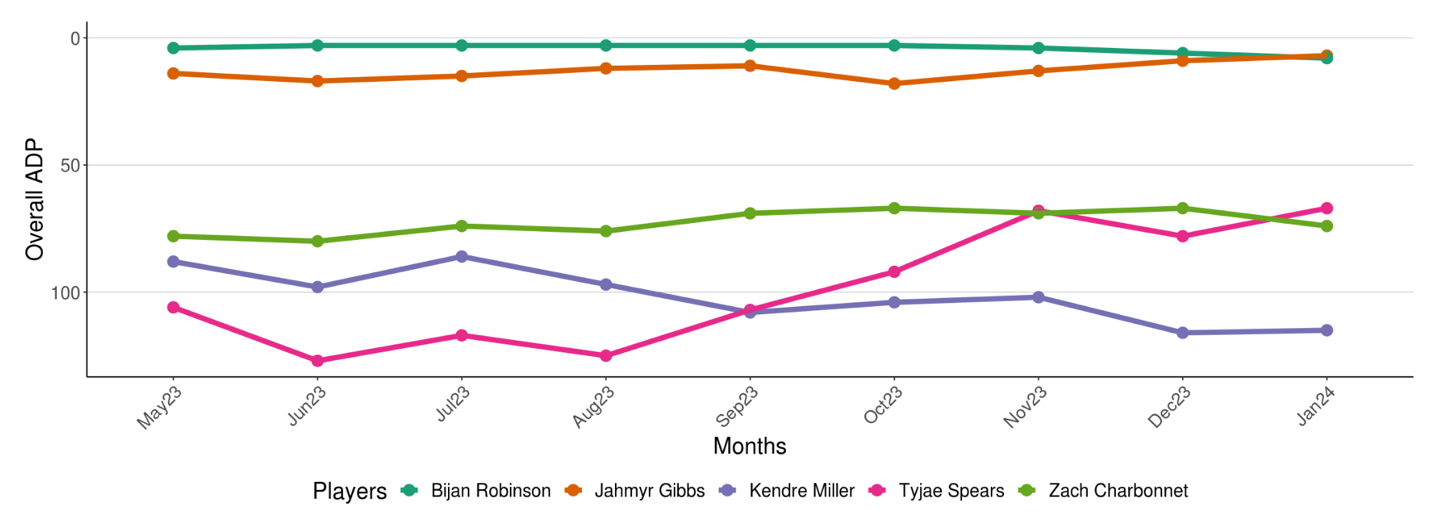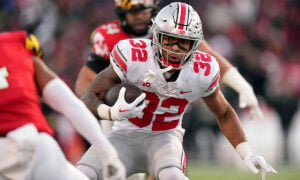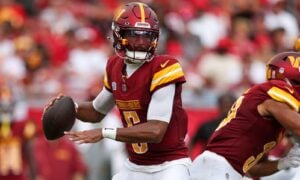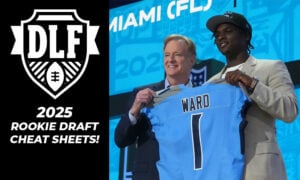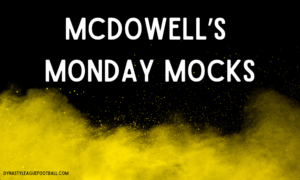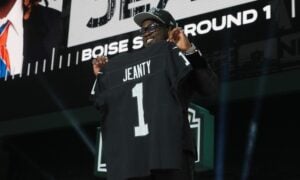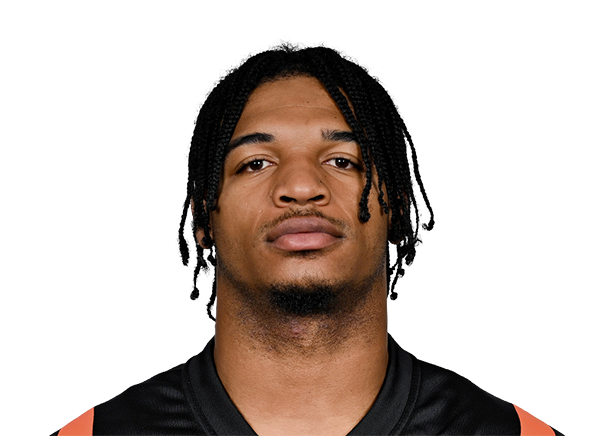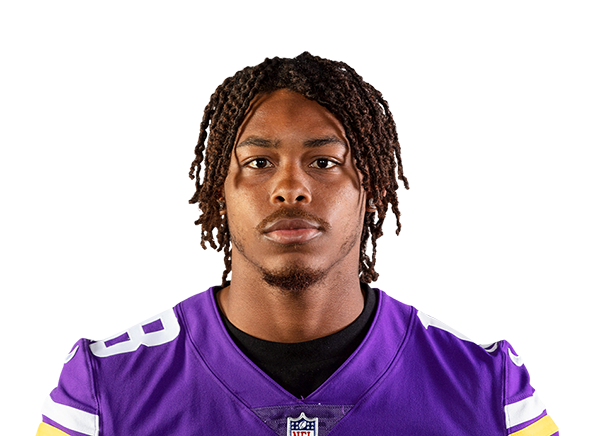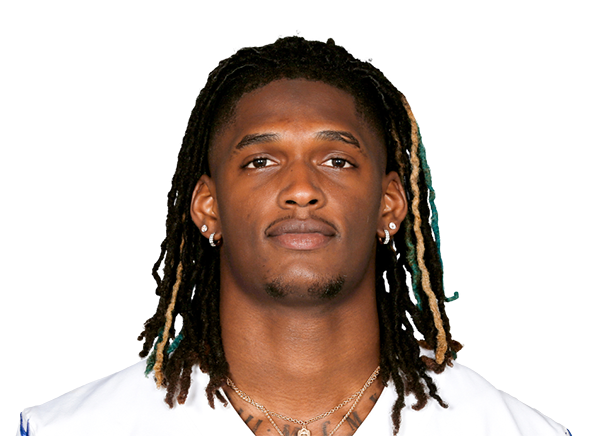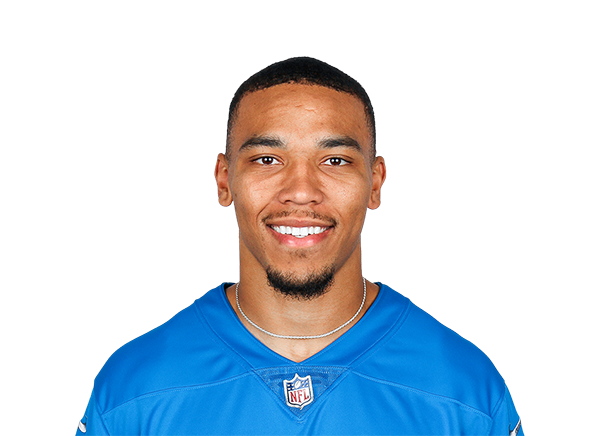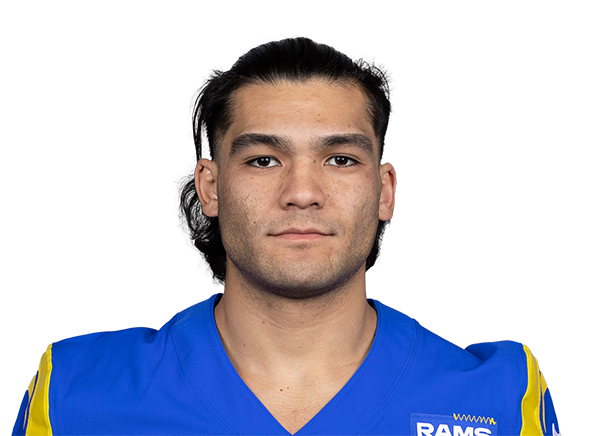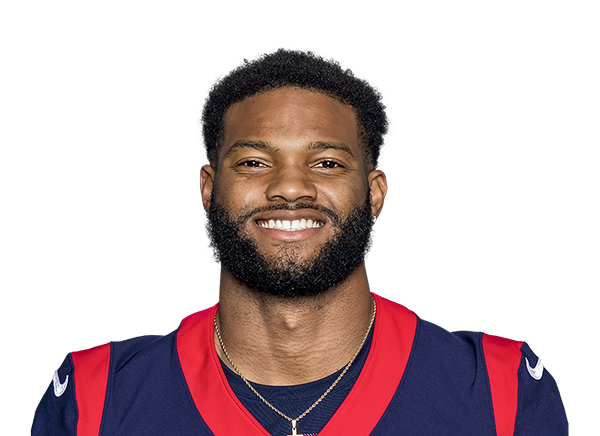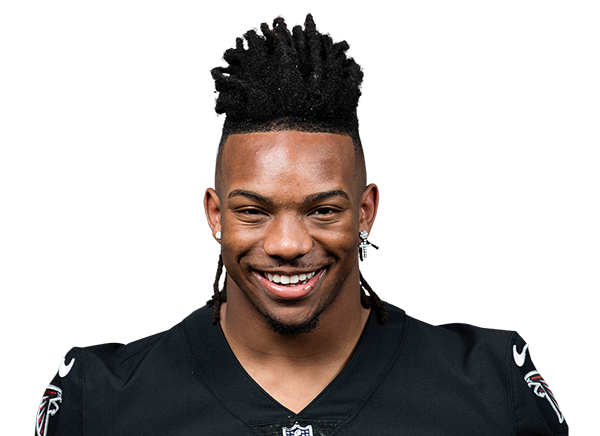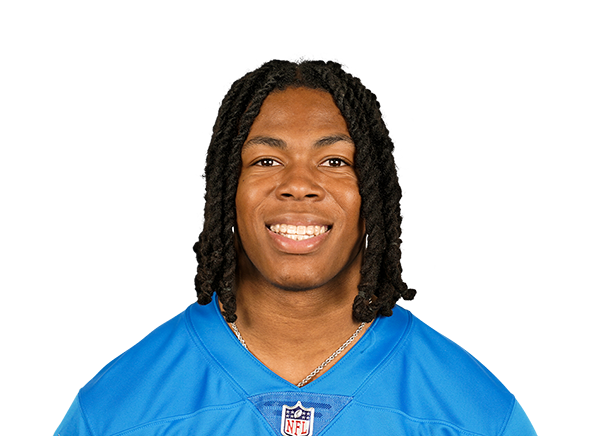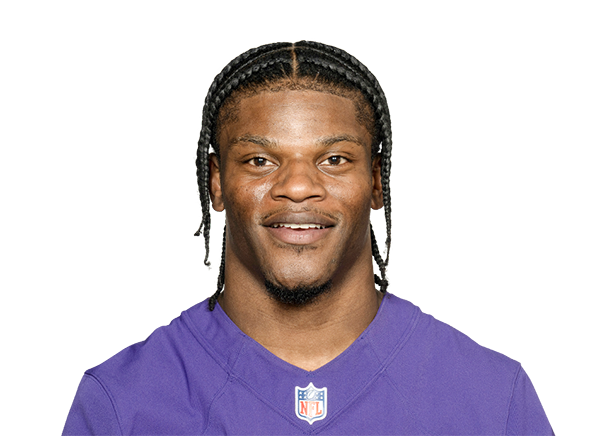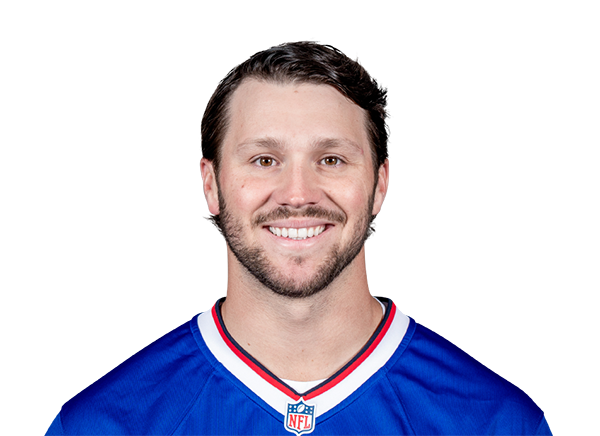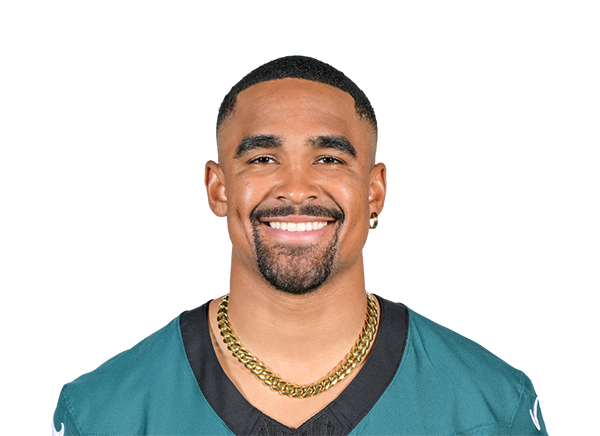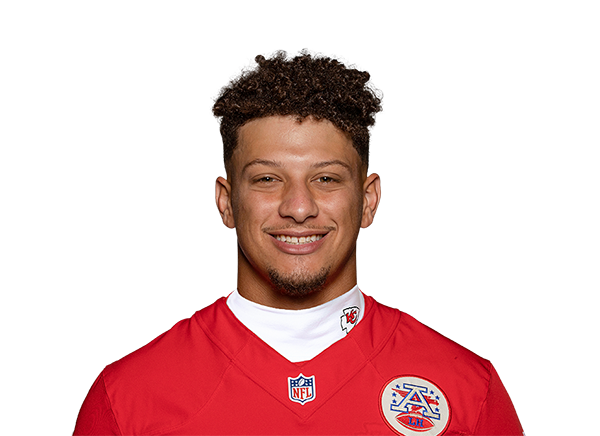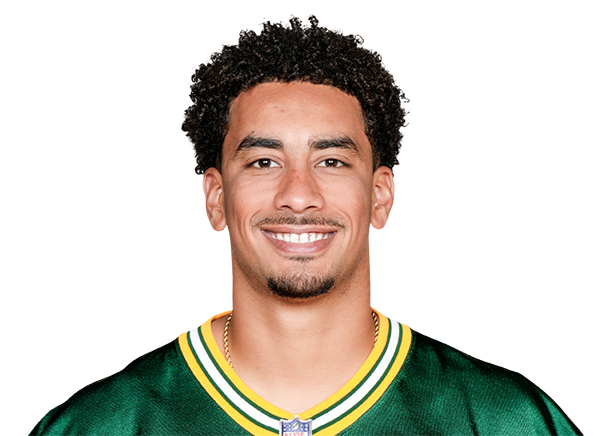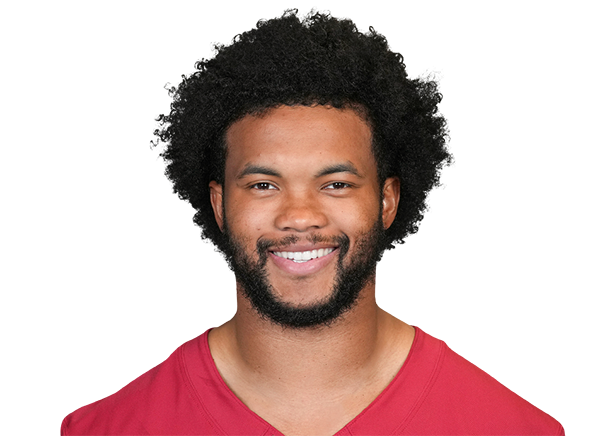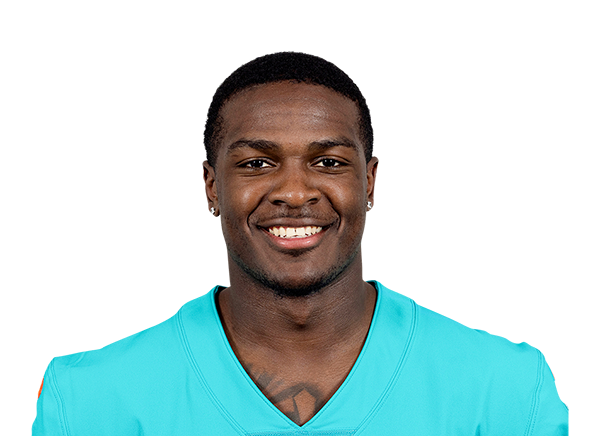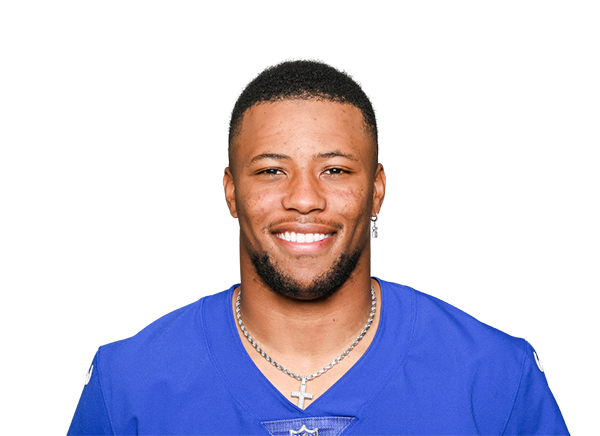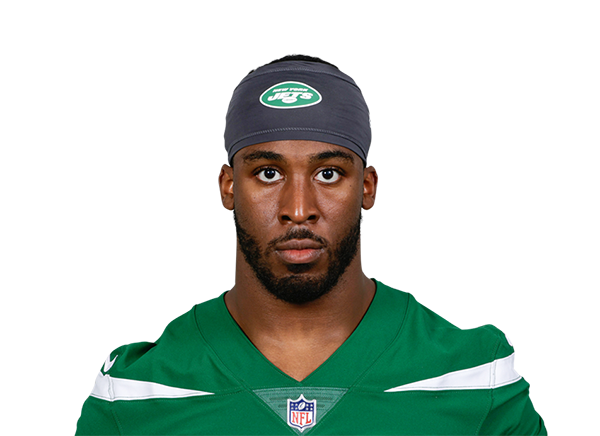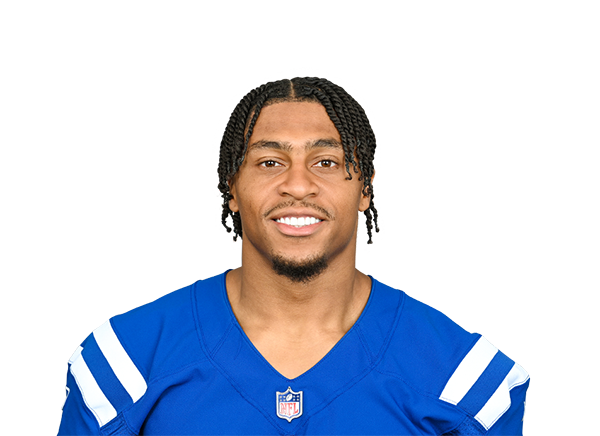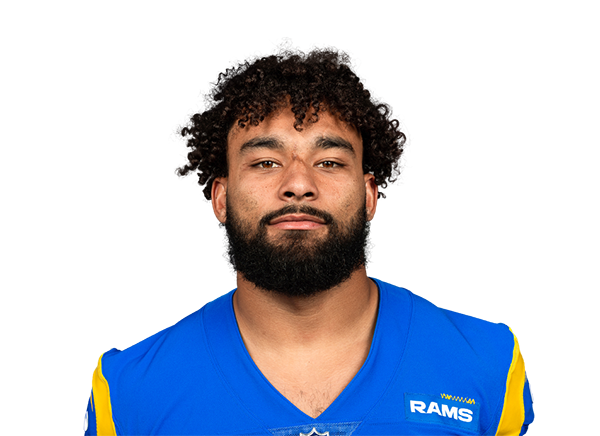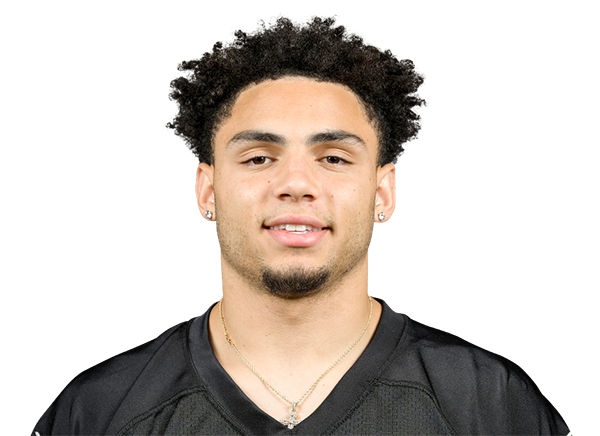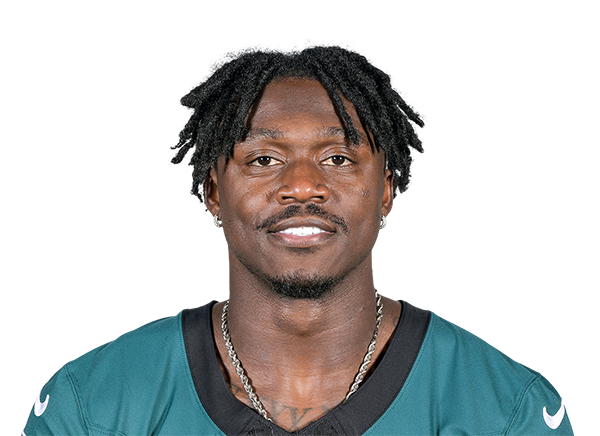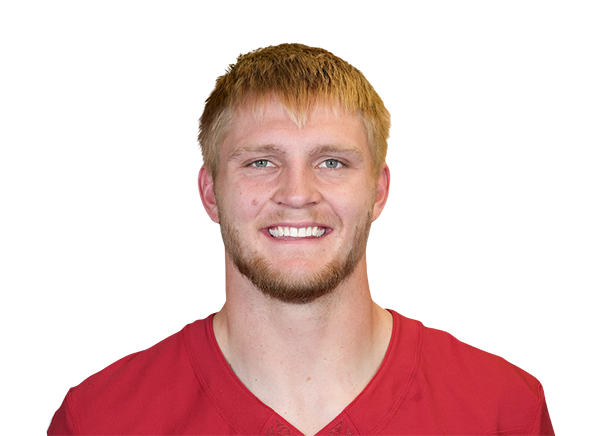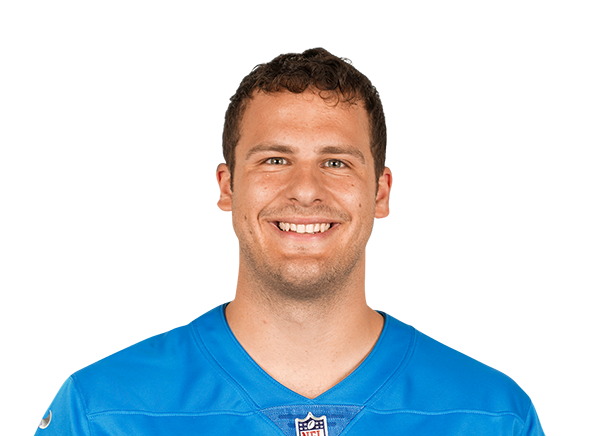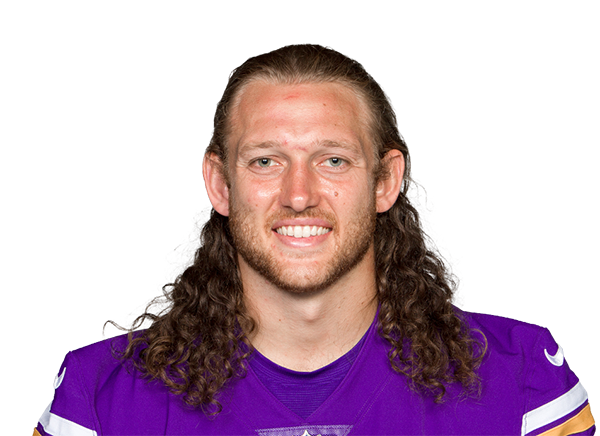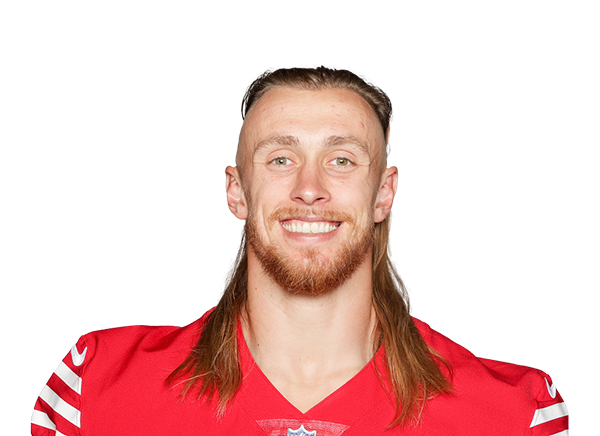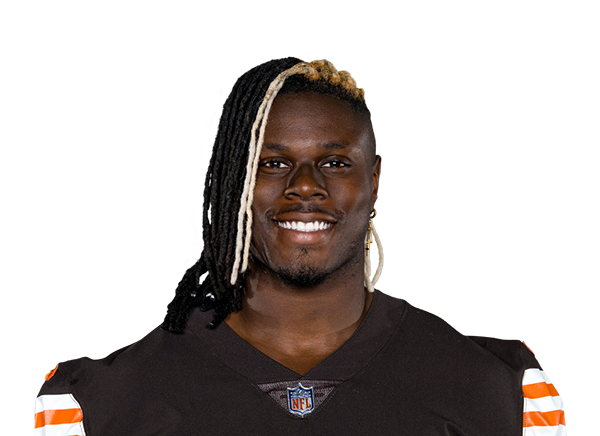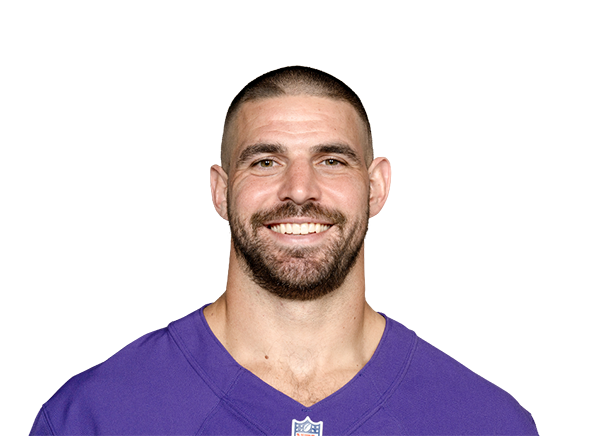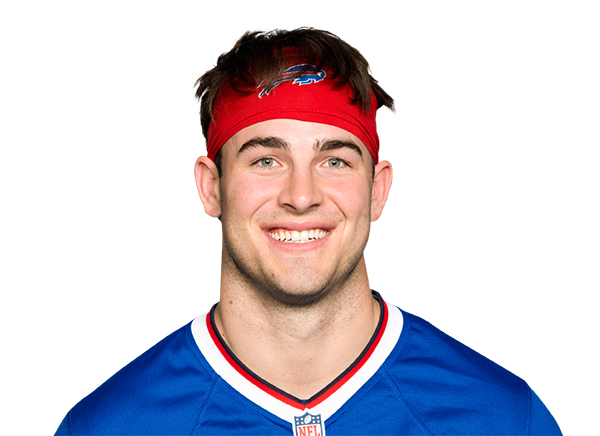Dynasty Fantasy Football Mailbag: Running Backs in Rebuilds?
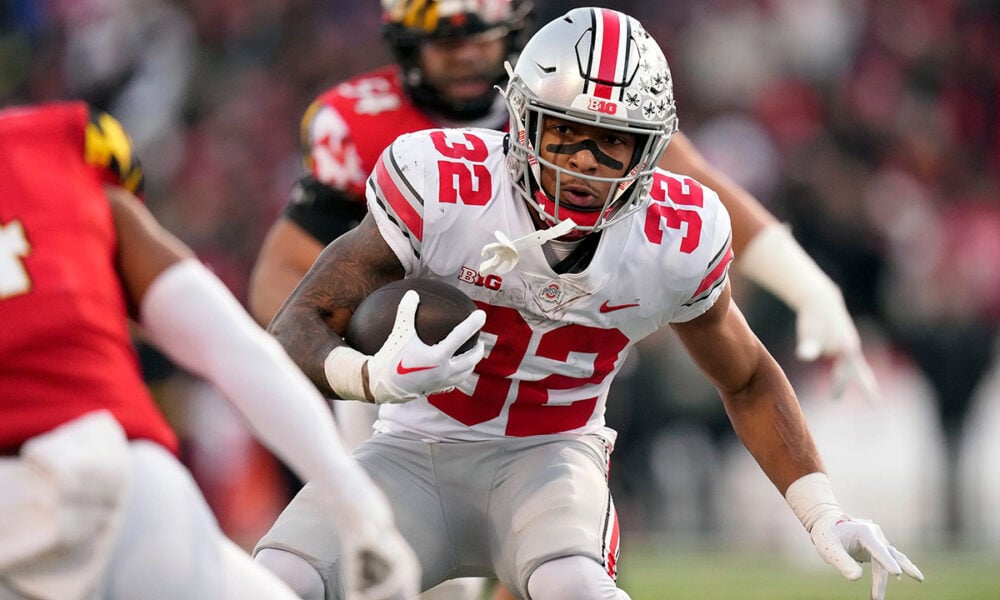
Welcome back to the DLF Mailbag, the preeminent mailbag in all the dynasty fantasy football land.
That’s all she wrote! The 2025 iteration of Dynasty Christmas, also known as the NFL Draft, has come and gone, leaving significant change in its wake. Not surprisingly, DLF has you covered, with analysis of fantasy-relevant selections on both offense and defense, along with impacts on veteran players already in the league. Make sure to give it a read to stay ahead of your competition!
As a reminder, there are multiple ways to pose your burning questions! I’ll be soliciting weekly feedback via X/Twitter (look for a new pinned tweet each Monday), and you can also reach out using our Discord channel, or the old-fashioned way (via our online webform).
Let’s get to it!
From the Old School Webform…
Cut the Running Backs Some Slack
I’m rebuilding in a 12-team, PPR, IDP league. I know running back is the last position you should draft in a rebuild, but this year’s strength at the position has me rethinking that strategy. I still think I’m one year away, but should the depth at running back have me focus on the position this year? I have picks 1.06, 1.08, 2.02, 2.03, 2.06 and 2.09, along with multiple third and fourth round picks. – Matt in TN
While I suspect the majority of dynasty football enthusiasts would agree with the sentiment regarding rebuilding teams and running backs, I’ll have to take this opportunity to espouse one of my fundamental beliefs. Simply put, that is that any player can be a buy, sell or hold for any team. To illustrate that point, consider the figure below.
Now I’m well aware this is the very definition of cherry-picking data, but the fact is that of the four veteran running backs shown above, all of Saquon Barkley, Josh Jacobs, Joe Mixon and Derrick Henry gained dynasty value since the beginning of 2024. So even though these are players that rebuilding teams would traditionally avoid, owners could have turned a profit if they held and cashed out. Taking it a step further, squads could have bought into these players during this time period, even though it would not be sensible to do so from a typical rebuilding perspective, and still turned a value if they timed the off-ramp correctly.
This leads into a phrase that permeates this fantasy football format, and one that I agree with in broad strokes – dynasty football is like the stock market.
However, this is where I would add some shades of gray. There are some players who, regardless if you buy low or high, you are anticipating they will minimally hold or hopefully gain value over a longer duration of time. These are the players I’d refer to as the “long-term portfolio” guys. Even if circumstances change, they should be value-insulated such that a short-term negative consequence (e.g., injury, trade) shouldn’t yield long-term negative ramifications.
On the other hand, there are the “day trading” players. Here, I’d go back to the example of the figure above, where we can look at specific examples of acute-term value add, allowing for potential sell-off at peak profit:
- Barkley: September 2024 – October 2024
- Henry: October 2024 – November 2024
- Mixon: October 2024 – November 2024
- Jacobs: November 2024 – December 2024
I’m aware this is an over-simplification, as sellers would need interested buyers who also possess assets desired by the seller. This is easier said than done, but certainly not impossible. It also represents a more fragile approach, as mistiming the market could lead to sunk costs. But it still helps illustrate my initial sentiment, which I’m not rounding back to – any player can be a buy, sell or hold for any team.
Given this explanation, you’ve probably surmised my opinion on how to approach your rookie draft. And while my above example isn’t inherently a 1:1 to your paradigm, the potential positive outlook is actually enhanced given the fact the players you’re selecting should have many years of remaining viability. As such, I would simply select the best players regardless of position and dynasty approach.
Going back to 2023 (2024 was a running back cesspool apart from the late-round surprise of Bucky Irving), one thing can be readily discerned – players who played well retained or increased their value, and those who didn’t, didn’t. This is all to say that being a year away from contention shouldn’t preclude you from picking who you believe to be the best player available, as it’s likely the pick won’t have a massive ramification on your team’s overall value moving forward.
Given your specific picks, if you believe players like TreVeyon Henderson or Kaleb Johnson are best available with your mid-to-late first-round picks, I wouldn’t hesitate to select them. If you weren’t a fan of an unforeseen riser like RJ Harvey, then you may want to still avoid him despite how the 2025 NFL Draft played out. But ultimately, past your own specific preference towards each individual player, I wouldn’t let any other perceived circumstances dictate your approach.
From Discord…
On Board with Ward?
Which side do you prefer for a rebuilding squad in a 14-team, PPR, superflex and TE-premium league – Malik Nabers, or Rashee Rice, Ray Davis and pick 1.02?
Right off the bat, we can see that the proposed is within the realm of reason. Further to that, given all the relevant players are 25 years old or younger, I’m fairly agnostic to the concept of rebuilding versus contending as it relates to evaluating the deal. As such let’s just take a look at the players individually.
Stop the presses – Nabers is a stud! As a rookie he commanded 170 targets despite missing two contests, and the output reflected that this wasn’t empty-calorie volume with a third of his finishes coming in the WR1 tier, and all but a mere 6.7% being at least WR3 or better. He managed to do all this despite the fact he played the entire season as a 21-year-old.
Given this, it’s challenging to poke holes in the young player’s CV. What we can say is that Nabers was the only show in town on a 3-14 Giants squad, to the point where the team was compelled to funnel an additional 140 looks to the horribly inefficient Wan’dale Robinson. Given this, Nabers’ volume is unsurprising, as is the fact that 78.0% of his receptions, 71.3% of his receiving yards and 57.1% of his touchdowns came when the team was trailing. Further to this, 35.8% of his receptions, 39.0% of his receiving yards and 42.9% of his touchdowns came in the fourth quarter. While I’m not going to call him a “garbage time” phenom, the fact is the Giants were forced to take to the air more often than not when trailing late in the game.
Of course, the other side of the coin is Nabers managed to compile these numbers despite functioning as the only show in town. The “well someone has to catch the passes” argument always sounded hollow to me, as the player still has to get the work done. And in this particular case, Nabers got said work done while catching passes from the likes of Daniel Jones, Drew Lock, Tommy DeVito and Tim Boyle, a collective that completed 61.9% of their passes for a minuscule 6.0 YPA and 15 scores, while tossing 13 picks and taking 48 sacks. Even with the massive volume, it was a transcendent season by the rookie.
Depth chart courtesy of Rotowire.
As can be gleaned from the above, little has changed with the team’s pass catchers, meaning Nabers should once again easily assert himself as the alpha receiver. However, with the additions of Russell Wilson, Jameis Winston and Jaxson Dart, the team now (arguably) has three signal callers better than anyone they had in 2024. Therefore even if Nabers doesn’t receive the same volume, the efficiency of his targets should improve, which once again portends another excellent season 2025.
Tl;dr (too long; didn’t read, as the kids say): Nabers’ value is earned.
While not to the same extent, Rice has shown up through his 20 NFL contests to date. He hasn’t shown Nabers’ ceiling, but he was a PPR WR1 just over 21% of the time, while being a WR3 just under 75% of the time. And while 2024 was a small sample size, Rice was off to a hot start scoring 17.3, 18.5 and 29.1 PPR points in his three healthy contests. In doing so he accumulated 29 targets, and extrapolated out this would have resulted in a 17-game pace of 164 targets for a resultant line of 136-1,632-11.3.
I recognize this is fuzzy math, but the fact is Rice was the apple of quarterback Patrick Mahomes’ eye, and was set to be the primary engine of the passing game. And given Mahomes, who is arguably the best quarterback in the league, is under contract through the 2031 season, a healthy returning Rice could thrive in the Kansas City ecosystem if he can similarly gain a new contract in the coming years. Given this, and acknowledging it takes a leap of faith that Rice returns healthy and picks up where he left off, there’s an argument to be made that he is currently undervalued.
This subjectivity continues on to pick 1.02. Importantly, we are talking about a 14-team superflex league, and in the 2025 NFL Draft we just had a signal caller in Cam Ward go first off the board to the Tennessee Titans. As we know and as has been stated in this space multiple times, there do not exist 32 quality NFL starting quarterbacks – this becomes glaringly obvious in larger superflex league settings, as owners lacking talent at the position are forced to start average (or worse) quarterbacks, or other positional players. Given this, and especially given the fact that this turned out to be a poor draft season for signal callers, Ward stands as something of a unicorn, and to me a no-brainer pick after running back Ashton Jeanty.
Statistics courtesy of Sports Reference.
What can be gleaned from the above is a player who improved each year before truly exploding in 2024, where he completed over two-thirds of his passes for a robust 9.5 YPA, while tossing 39 scores to only seven interceptions. When factoring out the 22 sacks taken for 142 yards, he provided some spunk on the ground with 346 yards on only 38 attempts (9.1 YPA), along with a rushing score. While not game-breaking, this would have been an addition 3.1 fantasy points per game, a number which could be further bolstered if he could get into the end zone with a slightly greater frequency.
Even setting aside Ray Davis, who could be one James Cook injury away from being the starting running back on one of the league’s best offenses, I’m highly intrigued by the Rice/Ward pairing. Neither perhaps possesses Nabers’ ceiling, but a healthy Rice would be an easy starter as a WR2 at worst, and Ward has QB1 potential at a position largely lacking depth of upside. If you’re less convinced about Ward, and don’t believe another player has significant upside at pick 1.02 (e.g., Omarion Hampton or Tetairoa McMillan), then the deal would shift to the Nabers side. But whether in a vacuum, or through the lens of a rebuilding squad seeking to add value to its roster, I believe the overall ceiling is higher with a likely bounce-back in Rice, and a future starter at the superflex format’s most important position in Ward.
- Dynasty Fantasy Football Mailbag: Running Backs in Rebuilds? - April 29, 2025
- Dynasty Fantasy Football Mailbag: Jordan Love and Jordan Addison - April 22, 2025
- Forgotten Dynasty Veterans: Bottom Tier - April 21, 2025





